Could this be the future of housing in Yorkshire?
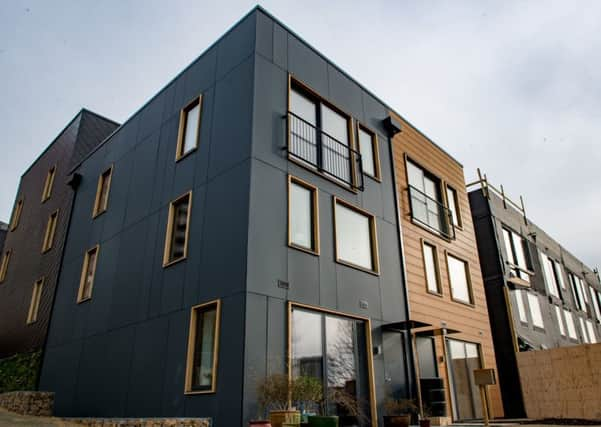

Everything about Citu’s Climate Innovation District on the edge of Leeds city centre is wildly different from the norm.
The architecture, the construction, the layout, the astounding attention to detail, the energy efficiency, the high levels of sustainability and the commitment to create a real community are a huge step up from bog-standard developments of “anywhere homes”.
Advertisement
Hide AdAdvertisement
Hide AdIf you were to sum up this pioneering approach to housing in one word, it would be “consideration” - for the environment, for design and for people.
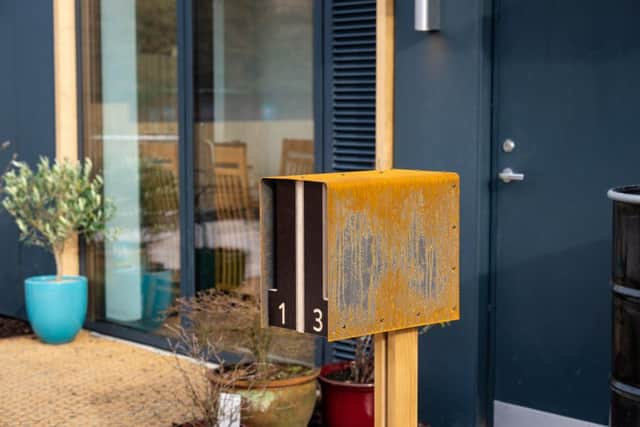

“The main purpose of our business is tackling climate change by building low carbon homes.
“They are thermally efficient unlike most new homes, which are riddled with gaps.” says Chris Thompson, founder and MD of Citu, who is also intent on building in neighbourliness.
“One of the big issues is that we have become very disconnected as a society. Suburban life is car centric and lonely. We are looking at re-forming communities.”
Advertisement
Hide AdAdvertisement
Hide AdChris cut his teeth on the Greenhouse in Beeston in 2004, when he was just 26-years old. It was the first apartment block to use ground source heat pumps, solar panels and rainwater harvesting. Next came contemporary low-carbon homes at Little Kelham, Sheffield.
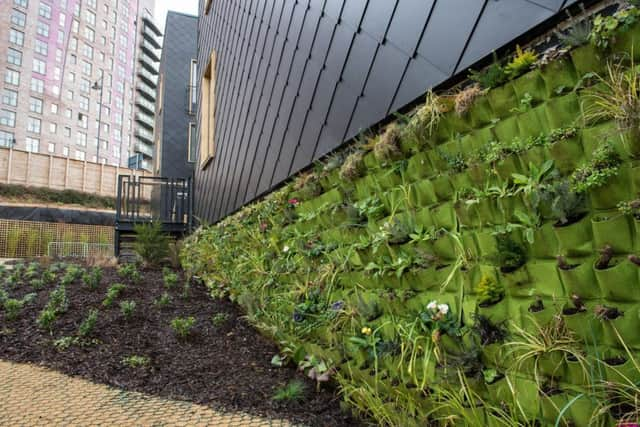

The £125m Climate Innovation District on the South Bank of Leeds city centre is his most ambitious project yet. Set to take seven to eight years to complete, it will have up to 800 zero carbon flats and houses, along with offices, leisure facilities, a primary school and a care home.
Topshop tycoon Philip Green unwittingly played a part in its inception. A chunk of the land was owned by a company backed by Green. It went into liquidation in the property slump and Chris Thompson, who spotted the site’s potential, bought it. He then began buying surrounding plots until he had a 15 acre site.
What looked like a unpromising stretch of industrial land marooned between a busy trunk road and the river now has a bridge that gives pedestrians and cyclists quick and easy access to a riverside path leading to the city centre.
Advertisement
Hide AdAdvertisement
Hide AdIt also links the residential area with Citu Works, a factory that is busy manufacturing the District’s homes off-site. The first few are now complete and among the new residents is Katrina Welsh, 48.
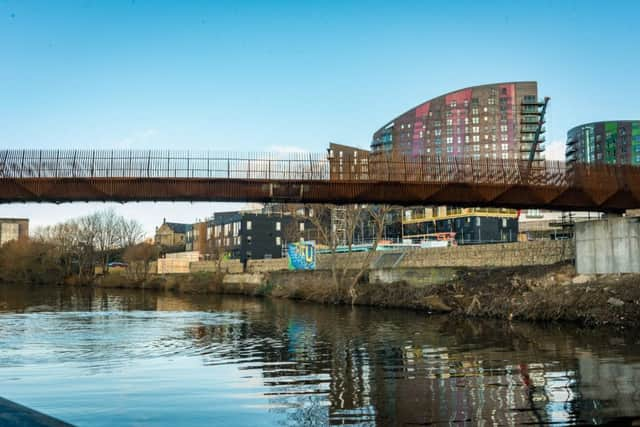

She and her husband, Craig, bought a house with a roof-top terrace on Solar Avenue for £330,000.
They and Katrina’s 19-year-old daughter, Hermione, moved in almost three weeks ago and were nervous after a first attempt at city living ended in disappointment.
“We used to live in Penistone and really fancied living in the city because we were always driving into Leeds to go out.
Advertisement
Hide AdAdvertisement
Hide Ad“I also work in the city centre so I liked the idea of walking to work,” says Katrina, who originally bought a city flat in a draughty former coach house .
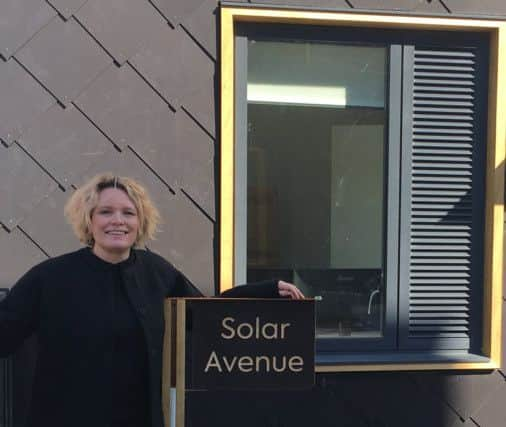

“It was cold and we felt isolated. We kept reading about the Climate Innovation District and we loved the ethos behind it.
“Buying there was a leap of faith but it paid off because it’s brilliant. It looks like we’re in Stockholm. Another benefit is that we have five grown-up children between us and we know that they will want to visit us more here than if we lived in a suburb or in the country.”
Her Scandi-inspired, timber-frame house has a bedroom, shower room and study/second bedroom on the ground floor.
Advertisement
Hide AdAdvertisement
Hide AdOn the first floor, there are two bedrooms and a bathroom and the top floor is an open plan living space with kitchen, sitting and dining areas. A set of stairs leads to a huge skylight that opens at the touch of a button, giving access to a roof terrace and views across the city.
The A63 runs behind the property and yet once indoors you can barely hear the traffic, thanks to the triple glazing and high levels of insulation.
Tests show that the house is 6.3 times quieter than building regulations demand.
“It is very warm and calm and the layout really works for a family. Most beautiful is the amount of natural light, ” says Katrina.
Advertisement
Hide AdAdvertisement
Hide AdThe house has a mechanical heat recovery and ventilation system and this and the air tightness mean the home’s heating requirements are up 10 times lower than a traditionally-built property..
The minimal heat need is met by renewable electricity, provided by an energy cooperative, which owns the solar panel arrays that serve the Citu homes.
Designed in conjunction with Swedish placemaking experts White Arkitekter, the district banishes vehicles to an undercroft, which means that the landscape is car-free so people can meet, relax and chat in the street.
Citu’s landscape gardener Claude Yearman is growing and planting herbs and edible flowers around the site, which includes amenity land.
Advertisement
Hide AdAdvertisement
Hide Ad“There will be lots of greenery and because it’s by the river it is rich in wildlife,” says Katrina, who adds: “It’s early days but we have met up with the other new residents and I think this is going to be an amazing community that will attract all age groups.”
That was the plan and those who have reserved properties include young professionals, empty nesters, retirees and families.
These are the first family homes to be built in Leeds city centre for over 90 years and parents are attracted by Citu’s promise of a primary school, which will feed the nearby Ruth Gorse Academy.
Chris Thompson is excited by what is to come. “This is very different to the average development where developers fence it off, use a third of the land for car parking and build some houses.”
Advertisement
Hide AdAdvertisement
Hide Ad**The regeneration of the South Bank of Leeds city centre has gained further momentum thanks to Citu’s Climate Innovation District.
According to Citu MD Chris Thompson, a number of other house builders have acquired sites and planning consent to build over 3,000 new homes.
For details and to visit the Climate Innovation District showhouse visit www.citu.co.uk. Prices start at £330,000 for houses. Further phases will include apartments.